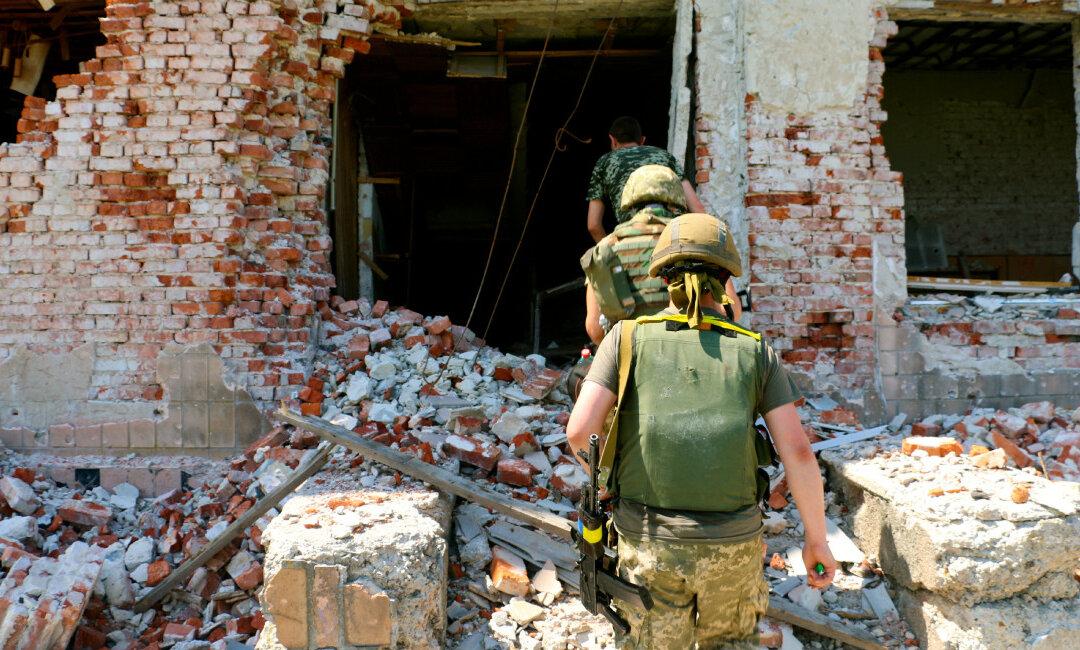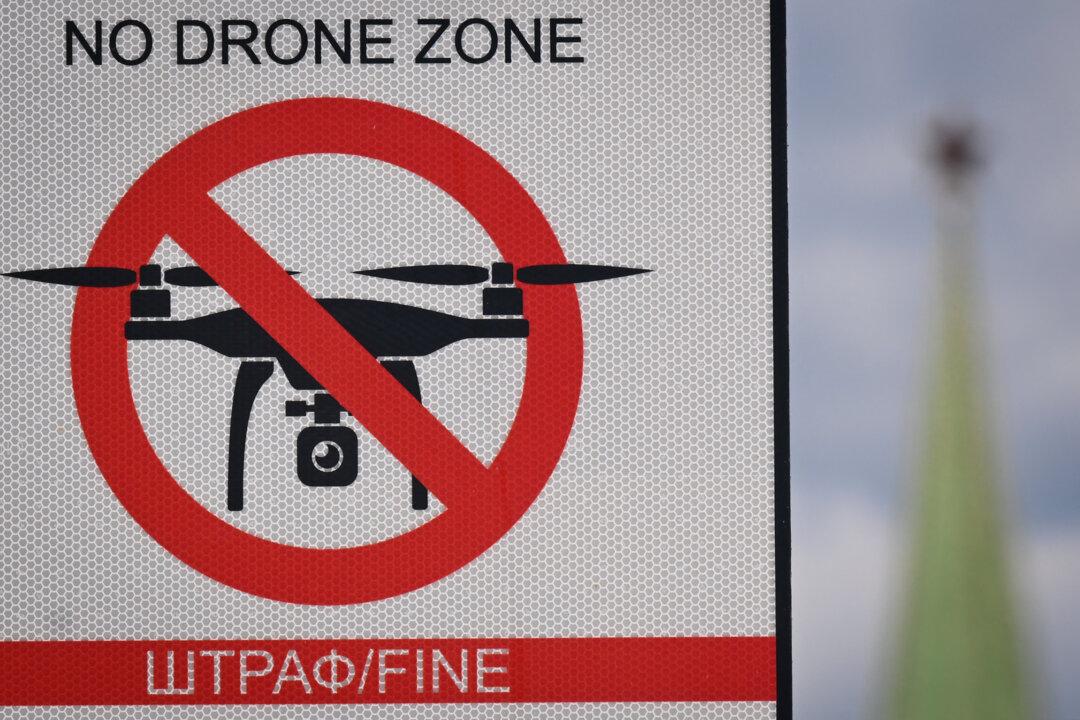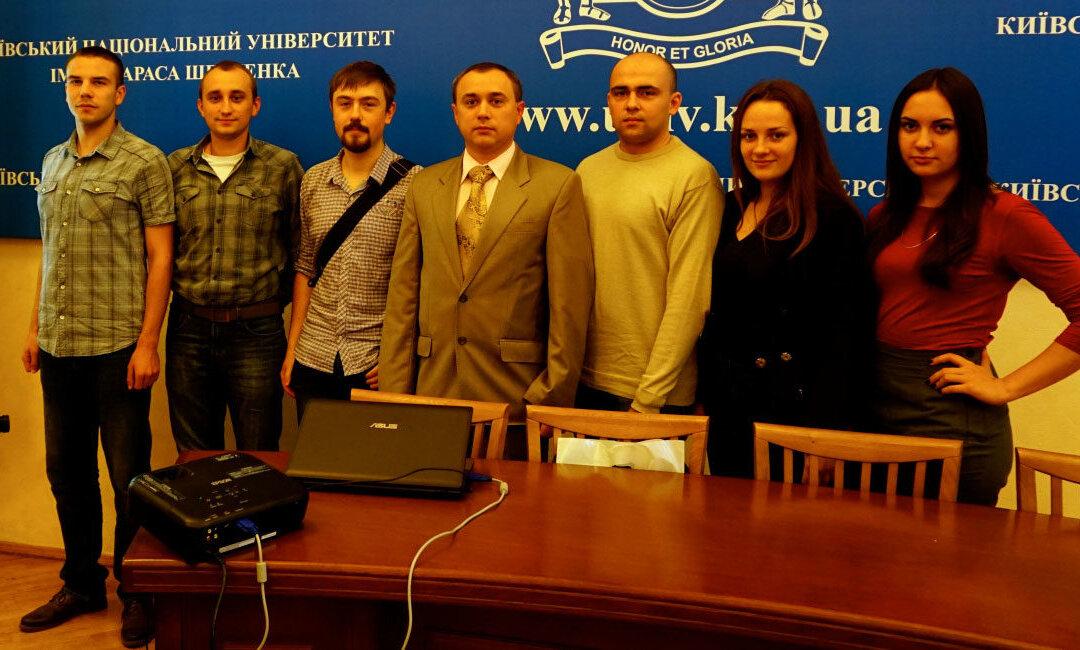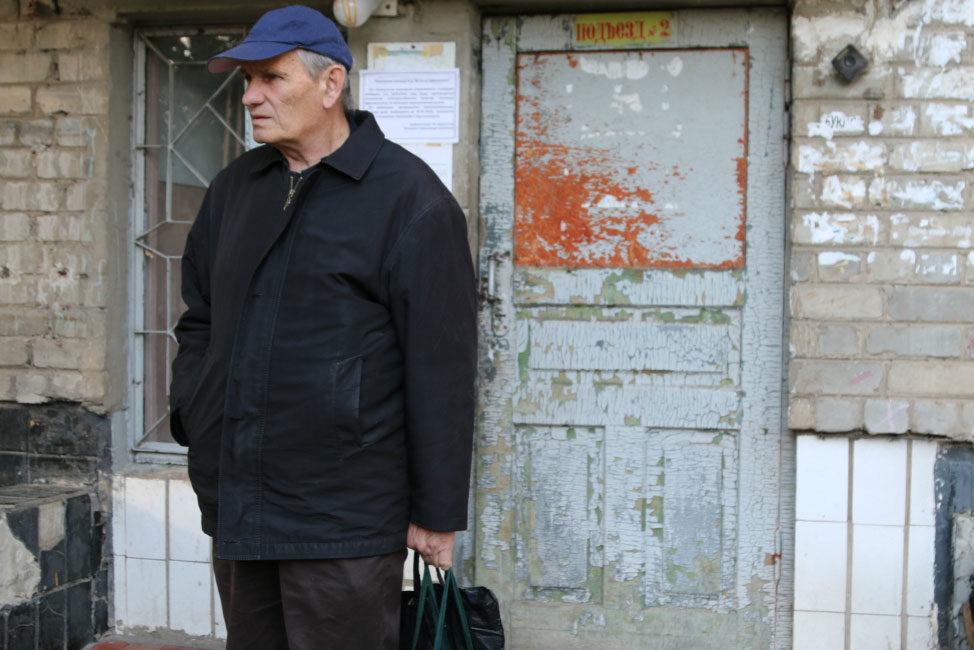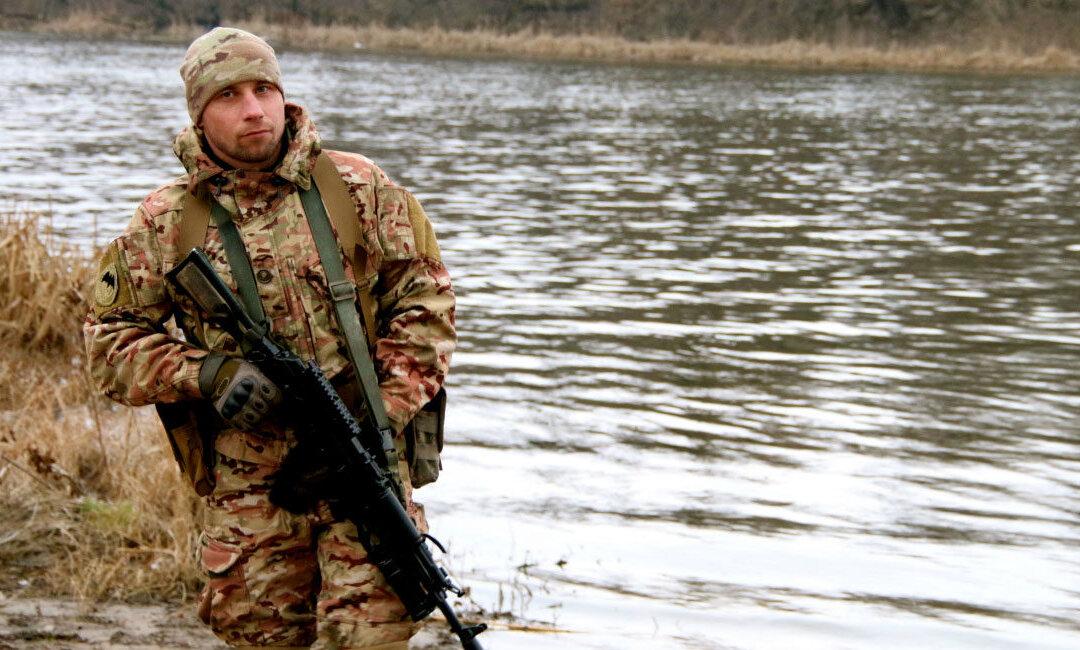KYIV, Ukraine—As the Ukraine war approaches its third calendar year, daily skirmishes threaten to unglue a shaky truce. The consequences of Russia’s military pivot to Syria, meanwhile, remain foggy.
The U.S. State Department on Monday, Dec. 14, updated its travel warning for Ukraine, urging all U.S. citizens in the eastern Donbas region and in Russian-occupied Crimea to get out.
The warning is consistent with previous ones concerning the Ukraine conflict, reflecting continued uncertainty about the fate of the fragile cease-fire, which, despite a marked reduction of fighting since September, hasn’t taken hold fully.
The situation remains tense, but attempts to provoke Ukrainian forces have failed.
, Ukrainian military
